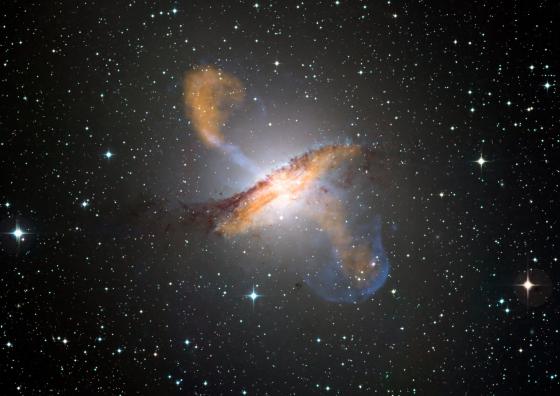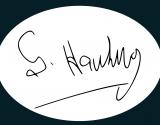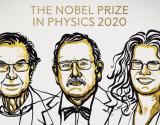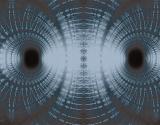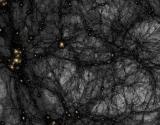We have recently managed to feel how space and time vibrate. Two black holes, in a dizzying dance until they merged into one, convulsed the structure of space and time around them with almost unimaginable violence, emitting strange music from a distant darkness. The detection of gravitational waves - the most common way of referring to this finding - culminates the revolution that began a century ago in our ideas about gravity, space and time, and the structure of the Universe. But it also opens up a new way of conceiving the cosmos for humanity. In the same way that the transition from silent to sound cinema uncovered previously impossible forms of expression, the wealth of qualities with which the Universe now manifests itself to us will change our way of imagining it.
About the Author
Roberto Emparan is an ICREA researcher at the Institute of Cosmos Sciences of the University of Barcelona, he is one of our most internationally recognized physicists in the field of gravity, black holes and superchord theories. His research focuses on the study of gravity, the structure of space-time, and black holes, in both classical and quantum aspects. He has published nearly 100 research articles and taught over 150 invited talks and lectures on black holes, string theory, and cosmology.
